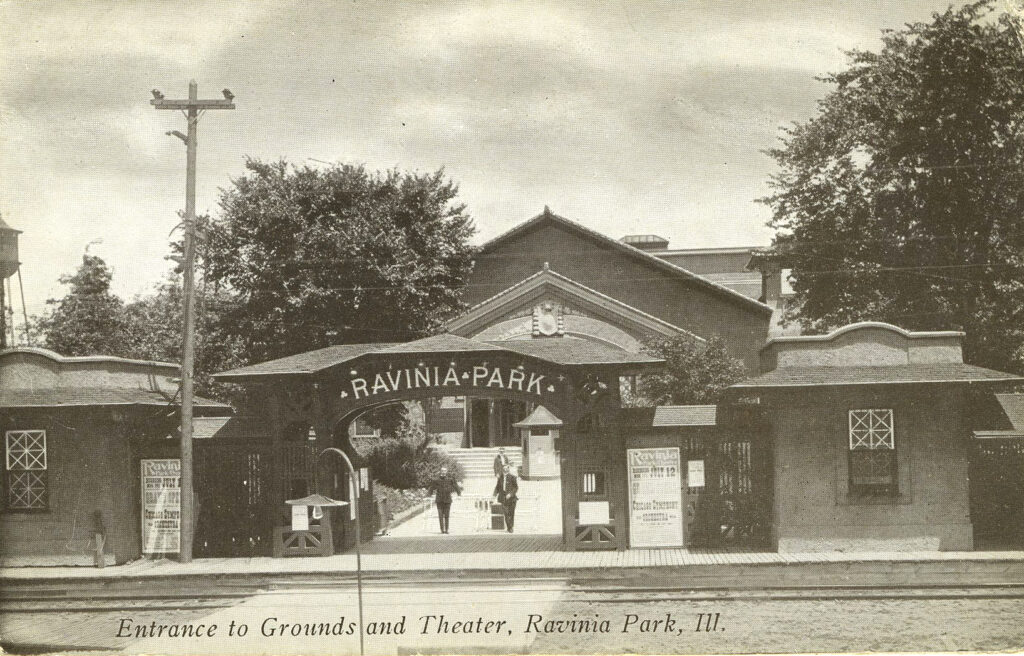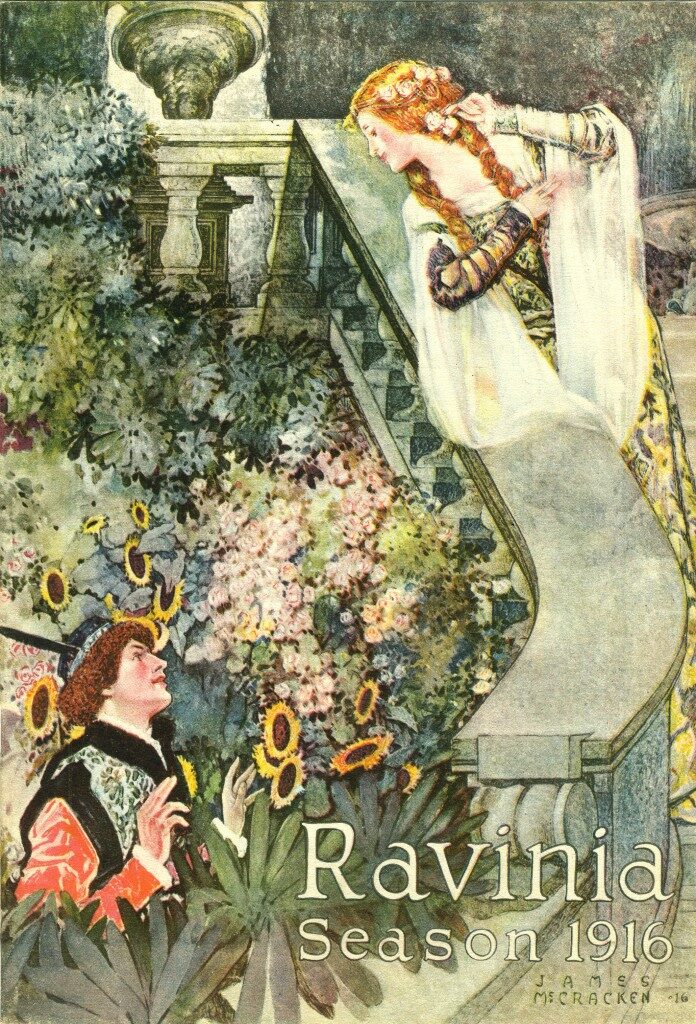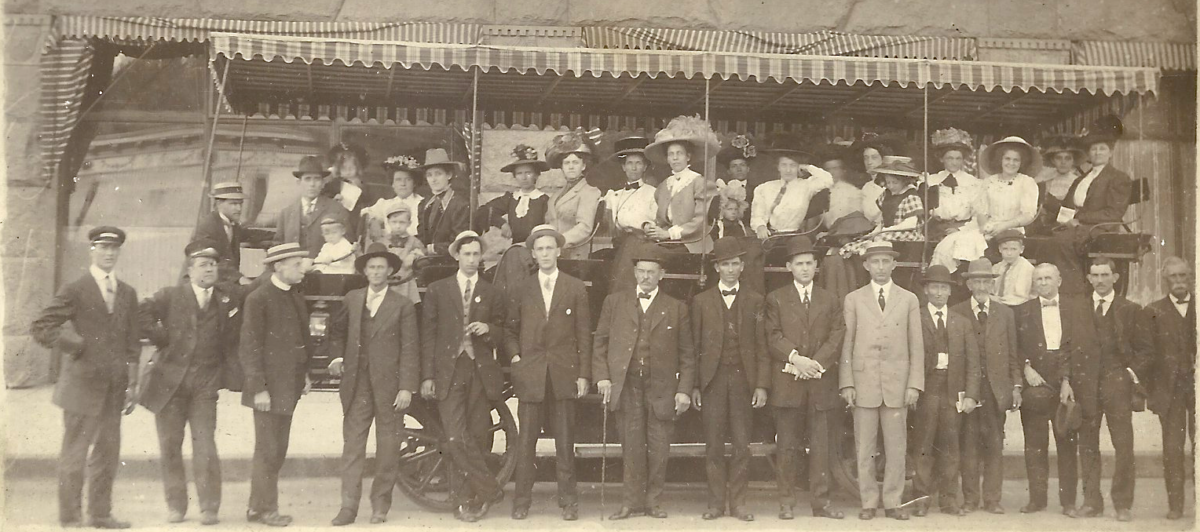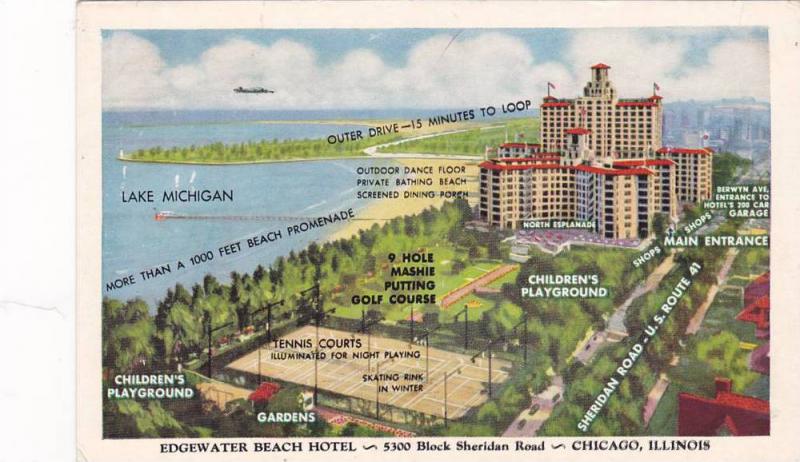There were two big events for Jessie in the summer of 1916. First, President Woodrow Wilson called up the U.S. Militia to the Mexican Border. This was part of the border war during the Mexican Revolution. The nationwide call up was in May, and by the end of June it seemed all the boys from the Memphis area were leaving for some kind of basic training before they went to the border. Jessie’s oldest brother Frank (Bud) was deployed as well.
The second big thing for Jessie in the summer of 1916 was her 3-week trip to Chicago. She stayed with relatives in Evanston (her cousin Mary Katherine attended Northwestern) and almost everywhere she went she took the L, or elevated train. Incidentally, the oldest sections of the Chicago L started operation in 1892.
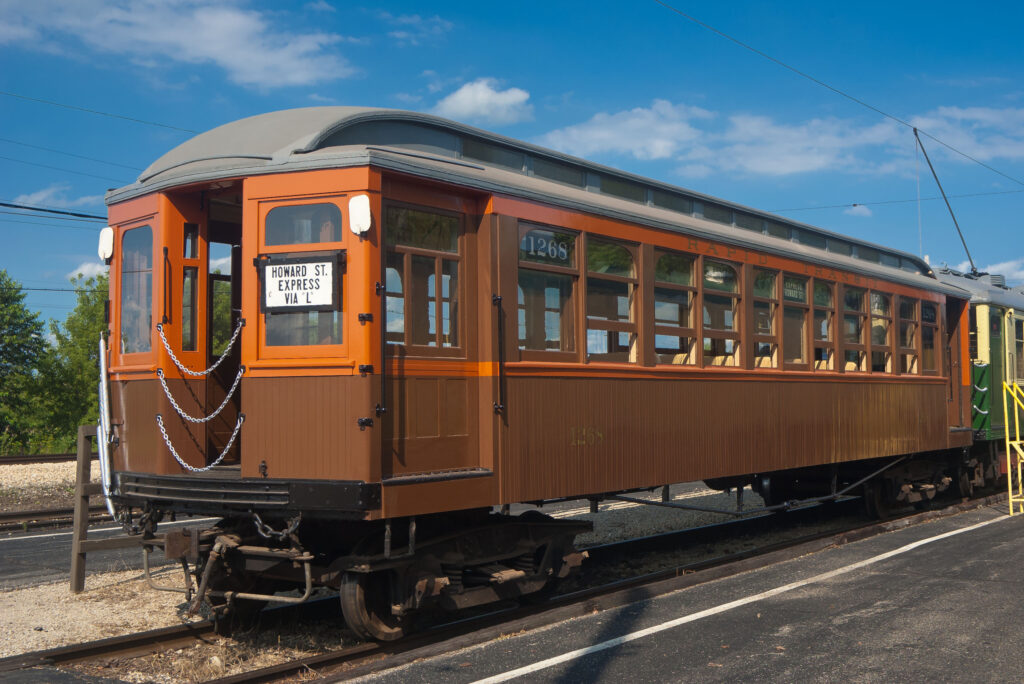
One day she ate lunch at Marshall Fields then went to the Art Institute and spent the afternoon. These are some the the paintings she mentioned liking in her diary. As you can see they were all fairly contemporary for 1916.
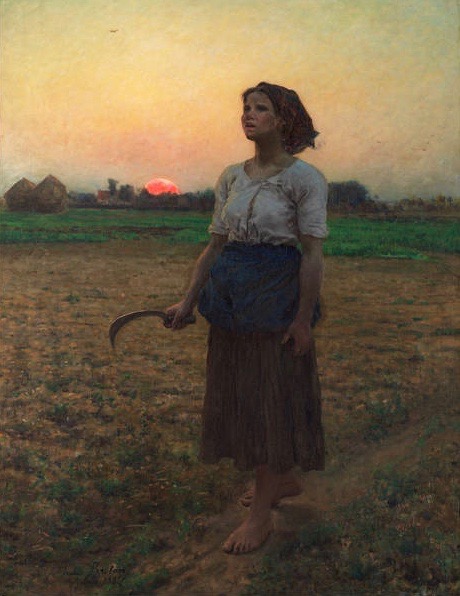
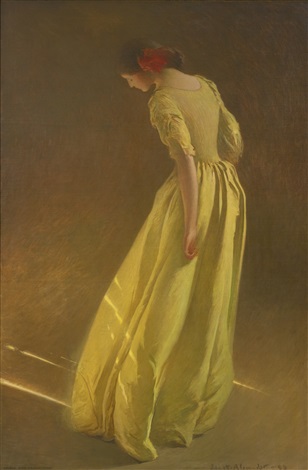
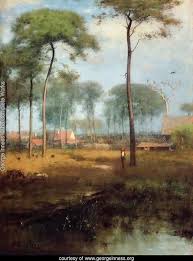
Jessie was invited several times to dances at the old Edgewater Beach Hotel. An outdoor dance floor close to the shore of Lake Michigan was an especially nice attraction unless the waves were rough.
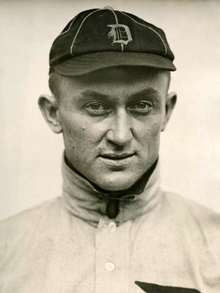
Always a baseball fan for her local Memphis Chicks, Jessie got to go to a couple of White Sox games at Comiskey Park. In one game the Sox played Detroit and Jessie saw Ty Cobb play. According the the Baseball Hall of Fame , “Ty Cobb may have been the best all-around baseball player that ever lived.”
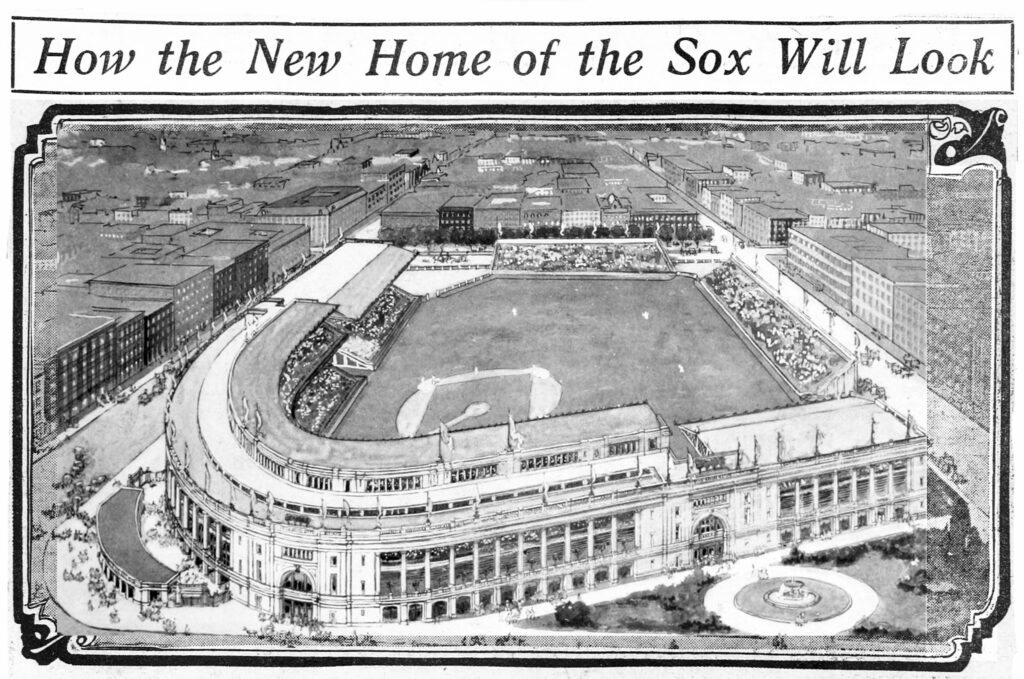
There were so many restaurants and theaters that Jessie visited. Several times her dates took her to Bismarck Gardens, a beautiful restaurant and entertainment venue under the trees.
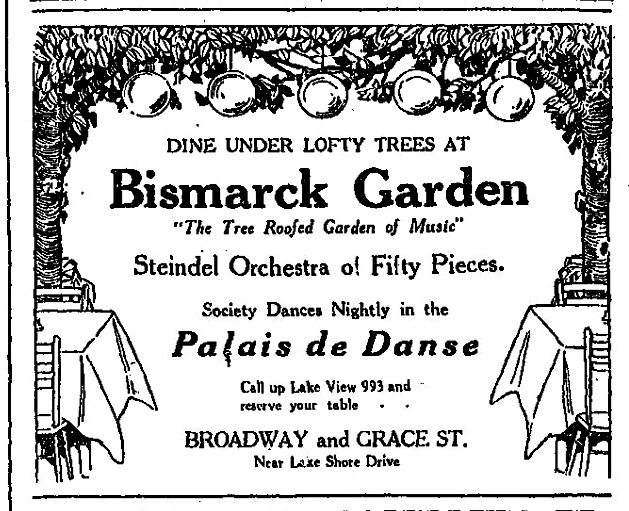
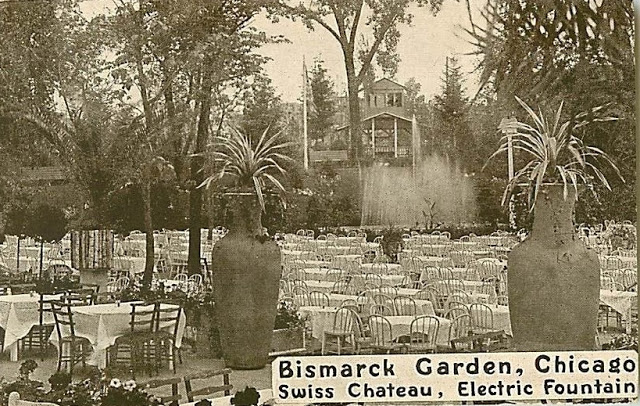
Lucky Jessie also got to attend the Ravinia music festival near Chicago. Ravinia itself was fairly new, opening in 1904 as an amusement park, and reopening in 1911 as a primarily classical music festival. One evening Jessie saw the opera Lucia di Lammermoor performed by the “Metropolitan Grand Opera Co.” Conveniently, the train stopped right at the entrance gates to Ravinia.
